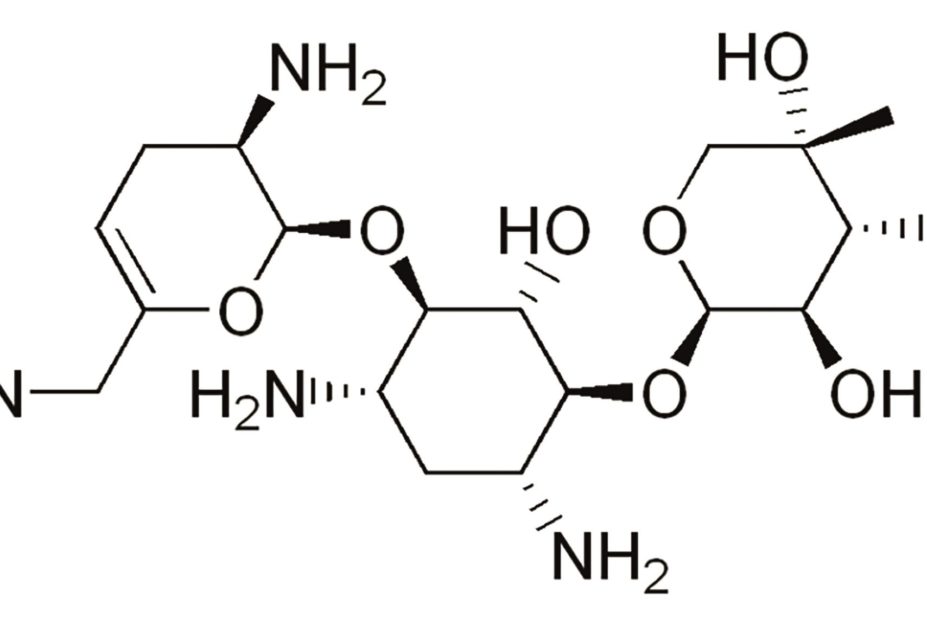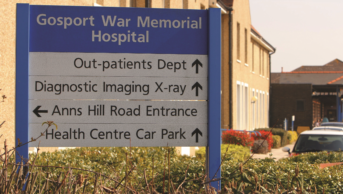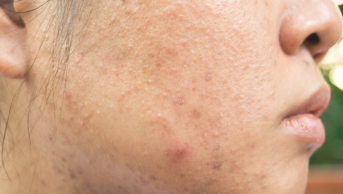
Wikimedia Commons
Researchers have diminished the toxicity of the aminoglycoside sisomicin — which can cause hearing damage or loss — by altering its molecular structure[1]
. The study was published in the Journal of Clinical Investigation on 2 January 2015.
For several decades, aminoglycosides have been a mainstay in the treatment of pneumonia, peritonitis, sepsis, genitourinary tract infection and other diseases. However, aminoglycosides — which include streptomycin, kanamycin, tobramycin, gentamicin and neomycin — can lead to the death of cochlear hair cells and result in permanent hearing impairment in about 20% of treated patients tested using conventional audiometry, and in nearly half of patients whose higher frequency hearing was examined. “We thought, if we could make a simple change to these drugs, that we might reduce or eliminate the toxicity while maintaining the drugs’ effectiveness,” says Alan Cheng, associate professor of otolaryngology-head and neck surgery at Stanford University School of Medicine, and one of the senior authors of the study.
Working with Anthony Ricci, a professor of otolaryngology at Stanford, Cheng chose sisomicin because it is available in large quantities and is relatively simple in structure.
Aminoglycosides rely on their positively charged amines to enter the ion channels of cochlear hair cells. The researchers believed if they reshaped sisomicin into a more neutral compound — by shielding one of sisomicin’s several positively charged amines — it would make it more difficult for the antibiotic to enter the hair cells and thereby inflict damage.
“In nine samples of sisomicin, we reduced the positive charge of the amine by adding a combination of three different chemicals to two different sites,” says Ricci, a co-senior author of the study.
All nine derivatives were less toxic to the ear-hair cells than sisomicin in rat cochlear cultures, but only three versions proved effective against Escherichia coli. Of these three modifications, only one – N1MS – was also more effective in killing E. coli and Klebsiella bacteria and, unlike its parent compound, N1MS was also non-toxic to the kidneys. (It was, however, less effective in treating Pseudomonas aeruginosa.)
Systemic sisomicin treatment of mice resulted in 75% to 85% hair cell loss and profound hearing loss, treatment with N1MS preserved both hair cells and hearing.
“Our overall goal is to continue our work with N1MS on guinea pigs, and then extend this synthesis to other aminoglycoside antibiotics,” says Cheng who, along with Ricci and Robert Greenhouse, another researcher on the study, is a patent holder of the technology. “It’s possible that additional restructuring of antibiotics in the aminoglycoside class of antibiotics may yield even more effective, non-toxic antibiotics.”
Ricci, who hopes to go to clinical trials with N1MS within a year, also notes that, in the United States, aminoglycosides are primarily used to treat newborns with a fever. “A significant percentage of those who have hearing loss are infants so, for them, it’s a whole lifetime of deafness,” he says. “Now, parents faced with making a decision about these antibiotics have a ‘deaf or dead’ choice and, through our research, we hope to give them a third option.”


